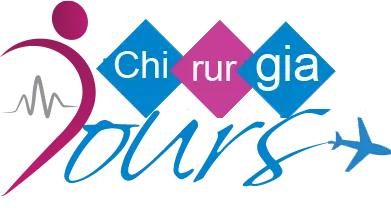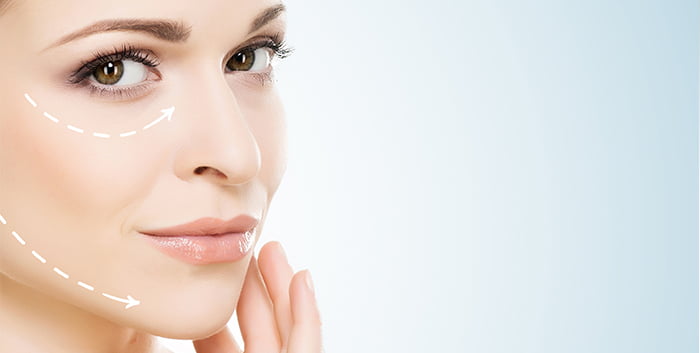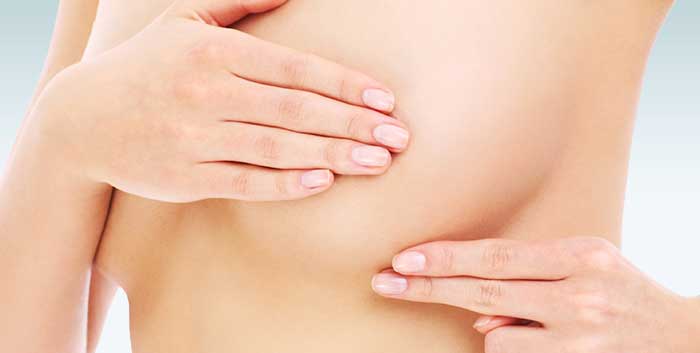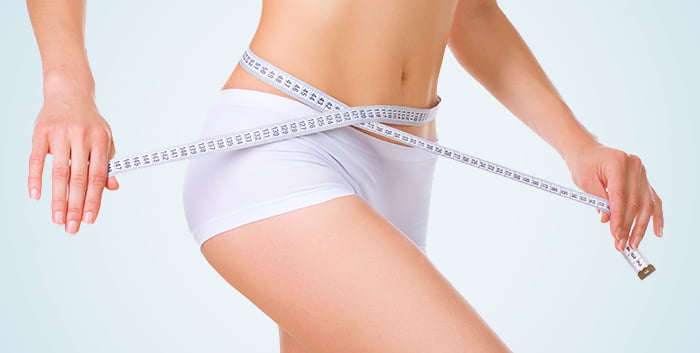The gastric balloon is a temporary means of weight loss. The gastric balloon in Tunisia is ideal for people who have not been able to achieve weight loss despite nutritional support.
People eligible for the gastric balloon are overweight (BMI>=27) or obese (BMI 30-35) with an ineffective diet unfortunately.

Table of Contents
ToggleWho is the gastric balloon pose Tunisia?
It is a non-surgical procedure indicated in the first place to a man who has an overweight of 20 to 50% compared to his weight. This represents a weight loss of 10 to 25 kg depending on the type of balloon placed in the stomach cavity.
Often, the patient has already followed one or more diets, medically supervised by a nutritionist and whose results would be satisfactory or lasting.
What are the gastric balloon models in Tunisia?
- The model to choose depends on several criteria:
- The weight needed to lose;
- The patient’s health profile;
- The patient’s wishes and needs too!
- All this will be discussed with the surgeon!
Operation of the gastric balloon in Tunisia
The gastric balloon in Tunisia allows a temporary reduction of the gastric volume. This reduction in volume leads to a very rapid feeling of satiety. To place a gastric balloon, it does not require invasive surgery (no healing, no stitches, no scars either).
It is also important to know that this is not an easy way to lose weight, or a miracle intervention.
The patient must also commit to changing their diet and engaging in appropriate physical activity.
Note: for gastric balloon placement, consult with the dietitian, physical activity coach and surgeon.
Also, a blood test is necessary and then take a treatment 1 week before the intervention.
What are the methods for placing a gastric balloon in Tunisia?
The gastric balloon in Tunisia is inserted through the mouth then the esophagus and then inflated into the stomach under local anesthesia (the first method = gastric fibroscopy method).
The second method is to swallow it in the form of a pill then inflated into the stomach (without anesthesia) using a catheter and saltwater-based physiological liquid sterile.
The set-up time does not exceed 30 minutes.
The patient will be hospitalized one night and well monitored at the clinic before he or she returns home.
How to eat with a gastric balloon?
Eat very slowly and allow 30 to 45 minutes for a meal. When you eat, put small amounts on the plate and cut small pieces. Also, when you chew, try to puree your food. Once the bite is swallowed, wait 20 seconds to avoid vomiting. Soft drinks and effervescent drugs are prohibited. Also, avoid drinking during meals, this causes vomiting.
For the evening, you will have to respect the deadline of 2 hours without eating or drinking before lying down to avoid reflux at night. Finally, exercise regularly every day for about 30 minutes a day.
Gastric balloon Tunisia , the preoperative consultation.
The gastric balloon placement is preceded by a high endoscopy that allows the surgeon to verify the absence of pre-existing pathology which may be a contraindication for placing the medical device.
A preoperative check-up is possible in accordance with the requirements.
It is strongly recommended that the patient stop smoking tobacco for 1 month before and 1 month after surgery. In addition, no aspirin-containing medication should be taken during the 10 days preceding the procedure.
Gastric balloon Tunisia , the unfolding.
The surgeon, introduces the deflated balloon to the stomach using an endoscope before filling the balloon with a saline solution containing blue dye in order to detect a possible leak of the balloon observed by abnormal urine coloration.
The introduction of the lubricated balloon, takes place under digital control on the upper aero-digestive junction then it would slowly descend to the fundus, under endoscopic control.
The medical device is then removed after 6 months of application, during which time the patient will follow a specific diet.
In fact, the date of extraction of the gastric balloon depends on the duration of its use. The extraction of this device is carried out by endoscopy.
Often, the gastric balloon is placed for an average of 10 minutes under local anesthesia and as part of an outpatient clinic.
Gastric balloon Tunisia , the surgical suites.
- For 4 weeks, the feed must be moulded or liquid before tightening the ring that will allow a solid feeding.
- Food intake, should be divided into 3 meals with possibly 1 to 2 snacks.
- A residue-free diet for a few days and a liquid diet associated with prokinetics.
- The patient should drink outside of meals, vary the diet, eat in small pieces and chew well.
- A liquid diet or short fasting would be offered immediately after the gastric balloon is placed.
Complications after gastric balloon placement in Tunisia
During the placement or removal of the balloon bleeding may also appear perforations of the esophagus.
- It may be that the first days he has nausea and vomiting, no worries! They disappear very quickly.
- It is possible to have back pain, or feel a heaviness in the abdomen.
Also, gastric reflux is often reported.
Possible indigestion, or weakness of the ball but rarely reported.
Finally, if you wish to place a gastric balloon, do not hesitate to contact us, our clinicians are ready to provide you with the best interventions.
Gastric balloon Tunisia, Result.
The effect of this act is 2 years in the form of very clear limitation of satiety with a loss of 20 to 35% of excess weight.
The gastric balloon is a medical device used for weight loss. This is a silicone balloon inflated into the patient’s stomach using a non-surgical endoscopic procedure. Once in place, the balloon reduces the capacity of the stomach, which helps the patient feel full more quickly and eat less. This feeling of early satiety leads to a reduction in caloric intake, thus promoting weight loss. The balloon is usually removed after a few months, but its use should be accompanied by medical follow-up and lifestyle changes for lasting results.
Removal of the gastric balloon is usually done by endoscopic procedure. A doctor inserts an endoscope through the patient’s mouth to reach the balloon in the stomach. Then the balloon is deflated with a needle and removed by the endoscope. This procedure is relatively quick, non-surgical and painless. Once the balloon has been removed, the patient can return to normal activities but must continue a balanced diet and healthy lifestyle to maintain the weight loss benefits of the gastric balloon.
The gastric balloon is usually placed by a gastroenterologist or gastroenterology surgeon. These health professionals have the expertise and experience to perform the procedure safely. Before the balloon is placed, the doctor carefully examines the patient’s health and discusses the benefits and risks of the procedure. Once the balloon is in place, regular medical follow-up is essential to monitor the progress of weight loss and ensure that the patient follows dietary and lifestyle recommendations for best results.
The experience of swallowing food with a gastric balloon may vary from person to person. In general, the presence of the balloon in the stomach can make it more difficult to ingest large amounts of food at a time, which may be beneficial for weight loss. However, it can also lead to Is it easy to swallow food with a gastric balloon? a faster feeling of fullness, which may require an adaptation of eating habits. Patients are often encouraged to eat slowly, chew food carefully and eat smaller, more frequent meals to facilitate digestion and minimize discomfort.
After a gastric balloon is placed, it is usually possible to quickly resume normal activities. However, patients may experience some initial discomfort such as nausea or vomiting for a few days. It is recommended that you follow the advice of your medical team regarding the return to daily activities. Most patients can resume normal activities in a few days, but it is important not to overload the stomach and maintain good eating habits to maximize the benefits of the gastric balloon. A return to light physical activity may also be considered as soon as the patient is more comfortable.
The gastric balloon is not swallowed as a capsule or tablet. This is a medical procedure in which an inflatable balloon is inserted into the stomach using endoscopy. Once in place, the balloon is filled with liquid to fill space in the stomach and help weight loss. Therefore, it is not an act of voluntary ingestion by the individual but a medical procedure performed by a qualified health professional.
The gastric balloon has several potential disadvantages:
- Nausea and vomiting: Many patients experience nausea and may sometimes experience vomiting in the first few days after the balloon is placed.
- Abdominal discomfort: Some individuals may experience abdominal discomfort, cramps or pain due to the presence of the ball.
- Risk of complications: There are risks of rare complications, such as gastric perforation or intestinal obstruction, although these incidents
Need adjustments: The balloon must be removed after a few months, which requires a new procedure for removal. In addition, some patients may require adjustments to the amount of fluid in the balloon to optimize results. - Limited weight loss: Although the balloon can help you lose weight, it does not guarantee significant long-term weight loss, and the lost weight may be recovered after its removal if healthy eating habits are not adopted.
Sleeping with a gastric balloon can be challenging, but here are some tips for getting a good night’s sleep:
- Avoid going to bed soon after eating to reduce the risk of acid reflux.
- Sleep with your head slightly raised using pillows to prevent acid reflux.
- Adopt a comfortable sleeping position that reduces pressure on the ball and prevents compression.
- Eat a light meal in the evening to avoid overfilling your stomach before you go to bed.
- Avoid consuming soft drinks or carbonated foods before sleep to reduce bloating.
After a gastric balloon is placed, it is essential to follow a specific diet to optimize results and minimize risks. Here are some general guidelines for eating after a gastric balloon:
- Eat small portions: The balloon reduces stomach capacity, so eat smaller amounts of food at each meal.
- Chew well: Take the time to chew food carefully to facilitate digestion.
- Avoid drinks during meals: Liquids can fill the stomach and cause a feeling of premature fullness. Drink between meals.
- Go for nutritious foods: Focus on nutrient-rich foods such as vegetables, lean proteins and whole grains.
- Follow your doctor’s recommendations: Your health care professional will develop a personalized diet plan based on your specific needs.
Yes, it is usually possible to do sports while carrying a gastric balloon. However, it is essential to consult your doctor or health care professional for advice specific to your situation. Sports activities such as walking, swimming, cycling and yoga are often recommended because they are less likely to cause discomfort or pain related to the ball. Maintaining physical activity is important to promote weight loss and maintain good health, but it is essential to do so safely under the supervision of health professionals.








